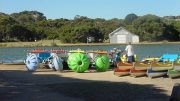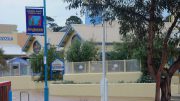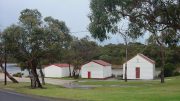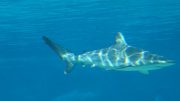The Wathaurong people have lived in the Anglesea area for thousands of years. Although several farmers had tried their hand at grazing some years earlier it wasn’t until 1860’s when the region was really noticed by white settlers for it’s fresh fish and good timber. Originally called Swampy Creek and later Anglesea River the area was very popular for sports parties who camped along the river at night and horse rode, hunted or fished by day.
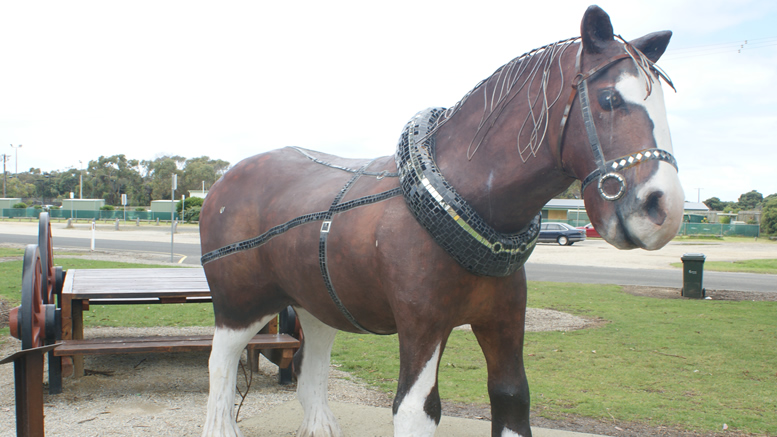
Some land in the town was subdivided in the early 1880’s and were purchased by many of the people who came to the area for the great sports. Soon after the first guest and boarding houses were built to cater for new holiday makers. One of the more famous was a large complex ran by Alice Jackson which stood where the Anglesea Hotel now stands looking over the town and river.
Unlike today when it’s quiet ok to hit the beach in next to nothing (or nothing at all at the near by clothing optional beach near Point Addis), timber bathing boxes were a popular item along the Anglesea river and dunes in the early 1900’s. These boxes gave protection from the sun and modesty not that anyone showed any skin and were extremely popular with beach goers.
Anglesea gained notoriety with two nasty shipwrecks just along it’s rugged coastline. The Hereford an iron clipper was wrecked on a reef just off Point Addis in 1881 and in 1902 the Inverlochy a three mast baroque was abandoned off Ingoldsby reef which now form parts of the 4,600 hectare National Marine Park.
Anglesea was an important stop on the Cobb & Co ran a mail coach service in from Geelong, but ceased in the mid 1920’s with the popularity of the motor vehicle, which really helped develop the area making it much easily accessible from Geelong.
After the First World War Anglesea really started to flourish with the town being a hub for the construction of the Great Ocean Road. Forestry also became one of the town’s biggest industries with good timber in the area and the beginning of timber plantations. Brown Coal was found in the Area and in the 1960’s, and an open cut mine was set up along with power station to service the Point Henry Alcoa Aluminum works on Corio Bay.
Anglesea went from strength to strength and became one of Victoria’s premier summer holiday destinations until tragedy struck the Great Ocean Road and much of the bushlands of South Australia and Victoria on the 16th of February 1983 when the horrific Ash Wednesday Bush Fires struck. Anglesea has had a history of devastating blazes with serious blazes over the years including a devastating blaze in 1966 and another tragedy in 1982 which burnt the campground. But the Ash Wednesday fires were the worst; Anglesea was hit hard by the firestorms. Much of the town and surrounding bushland was destroyed. Over 140 homes were lost along the coast and several people were killed.

Now more than 25 years on the bushlands have now grown back, the native animals returned and once again the Anglesea bushlands are one of the most diverse in Victoria with an abundant variety of fauna and flora including some rare orchids which only grow in the area. The people have been able to regain their lives, with many more have settled in the area- the town is growing from strength to strength being one of the jewels of the Geelong region with its beautiful beaches, quaint river and cosmopolitan but laid back lifestyle. Anglesea continues to give great times to the thousands of day trippers or holiday makers the township sees all year round, giving them a little taste of what the lucky people of Anglesea have all year round.

